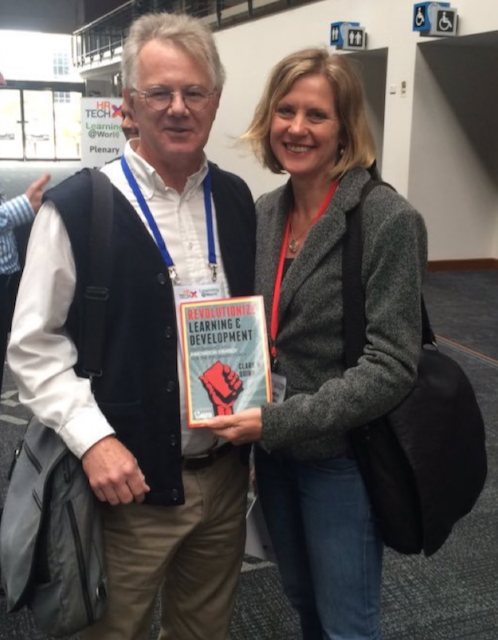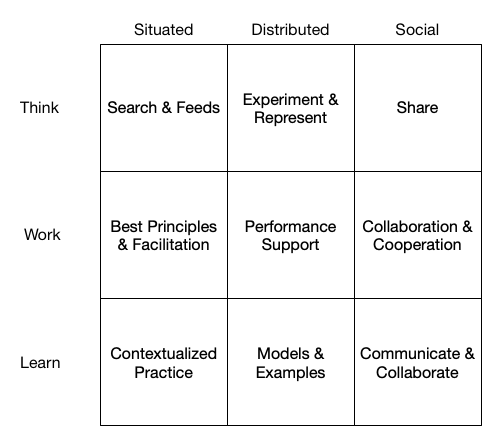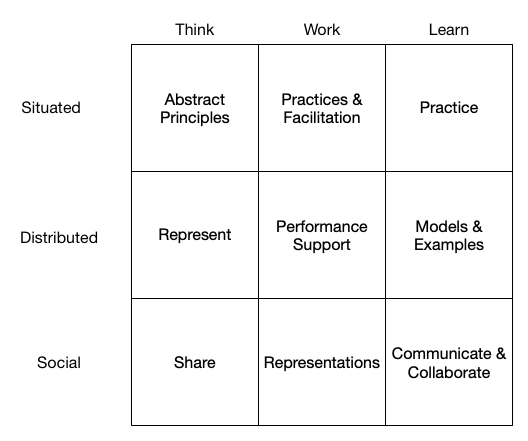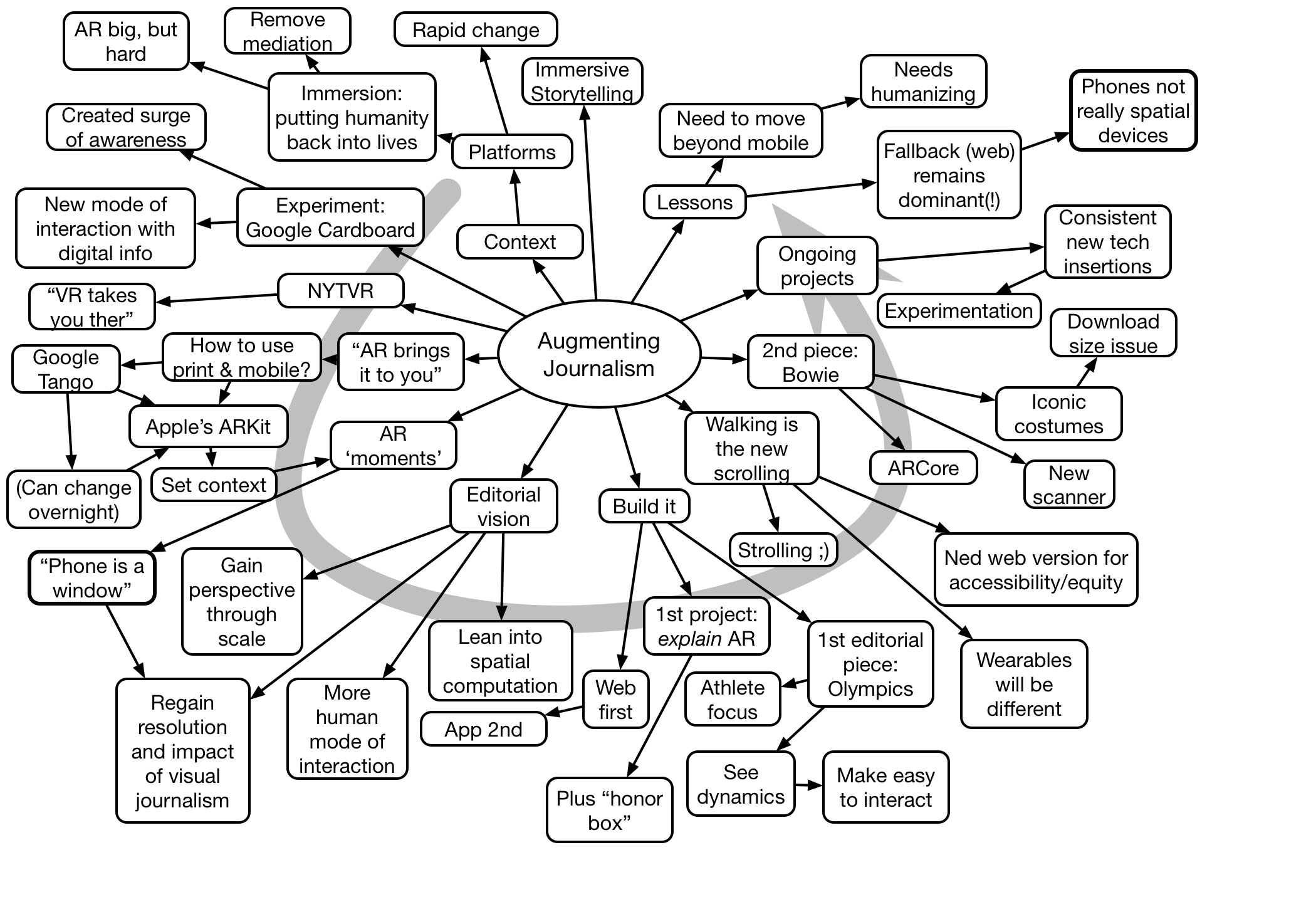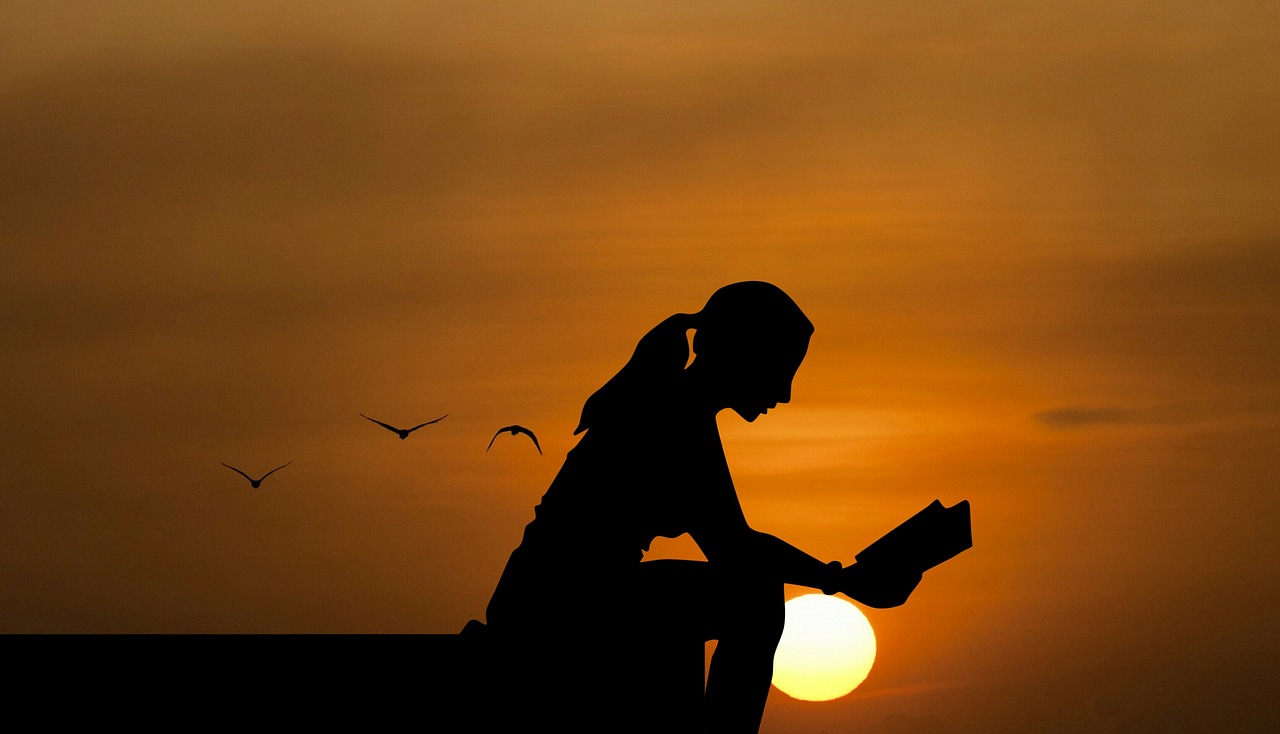 As one of the things I talk about, I was exploring the dimensions of difficulty for performance that guide the solutions we should offer. What determines when we should use performance support, automate approaches, we need formal training, or a blend, or…? It’s important to have criteria so that we can make a sensible determination. So, I started trying to map it out. And, not surprisingly, it’s not complete, but I thought I’d share some of the thinking.
As one of the things I talk about, I was exploring the dimensions of difficulty for performance that guide the solutions we should offer. What determines when we should use performance support, automate approaches, we need formal training, or a blend, or…? It’s important to have criteria so that we can make a sensible determination. So, I started trying to map it out. And, not surprisingly, it’s not complete, but I thought I’d share some of the thinking.
So one of the dimensions is clearly complexity. How difficult is this task to comprehend? How does it vary? Connecting and operating a simple device isn’t very complex. Addressing complex product complaints can be much more complex. Certainly we need more support if it’s more complex. That could be trying to put information into the world if possible. It also would suggest more training if it has to be in the head.
A second dimension is frequency of use. If it’s something you’ll likely do frequently, getting you up to speed is more important than maintaining your capability. On the other hand, if it only happens infrequently, it’s hard to try to keep it in the head, and you’re more likely to want to try to keep it in the world.
And a third obvious dimension is importance. If the consequences aren’t too onerous if there are mistakes, you can be more slack. On the other hand, say if lives are on the line, the consequences of failure raise the game. You’d like to automate it if you could (machines don’t fatigue), but of course the situation has to be well defined. Otherwise, you’re going to want lot of training.
And it’s the interactions that matter. For instance, flight errors are hopefully rare (the systems are robust), typically involve complex situations (the interactions between the systems mean engines affect flight controls), and have big consequences! That’s why there is a huge effort in pilot preparation.
It’s hard to map this out. For one, is it just low/high, or does it differentiate in a more granular sense: e.g. low/medium/high? And for three dimensions it’s hard to represent in a visually compelling way. Do you use two (or three) two dimensional tables?
Yet you’d like to capture some of the implications: example above for flight errors explains much investment. Low consequences suggest low investment obviously. Complexity and infrequency suggest more spacing of practice.
It may be that there’s no one answer. Each situation will require an assessment of the mental task. However, some principles will overarch, e.g. put it in the world when you can. Avoiding taxing our mental resources is good. Using our brains for complex pattern matching and decision making is likely better than remembering arbitrary and rote steps. And, of course, think of the brain and the world as partners, Intelligence Augmentation, is better than just focusing on one or another. Still, we need to be aware of, and assessing, the dimensions of difficulty as part of our solution. Am I missing some? Are you aware of any good guides?

